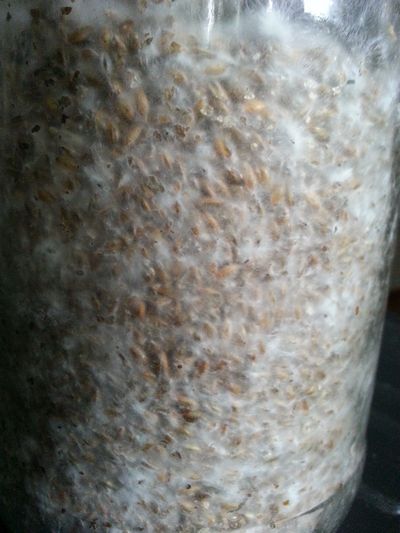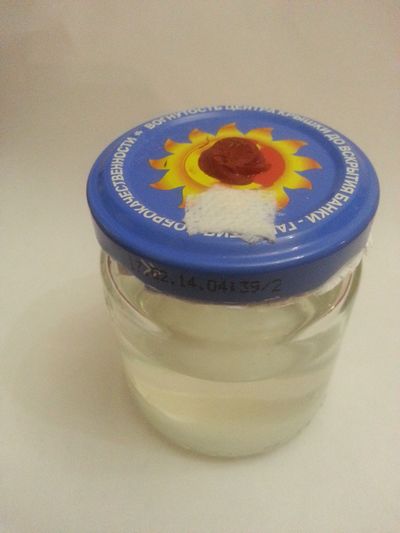
In this brief section - brief because there is not a great deal of elaboration to the practice of coca cultivation - I have compressed the various methods of growing in Peru and Java, principally because there isn't much difference between these methods.
The plant grows well at altitudes ranging from Одна тысяча to Шесть тысяч ft above sea level. In Peru coca is grown between Семьсот and Две тысячи триста m; and in the East Indies from Триста пятьдесят to Восемьсот m. The ideal average temperature for vigour in growth is 68F. Coca wil not tolerate freezing temperatures in the night nor temperatures above 95F for extended periods in the day. At the higher part of the temperature range the plant loses much of it's vital force, the leaves become dry and the subtle tang of the essential oils is lost. At the lower end of the range the plant becomes disspirited, the leaves remain small, never fuly maturing, and the plant cannot be counted on to give more than one lacklustre harvets a year.
While the plant thrives in locations where it recieves lots of direct sunlight, it will also do well enough if it must be grown in a relatively shady spot, though it will not show as lush a leaf population at maturity. There is relatively little diffference in alkaloid production between shade-grown and sun-grown Coca, though the sparse harvests from the shaded tree do mean significantly less production overall. Coca cannot be effectively cultivated in regions which experience long dry spells, and does best when there is a certain temperate humidity in the air air for most or all of the year. It is most desirable that there be a constant, or near constant as possible humidity throughout the year, a situation that bodes well for greenhouse cultivation. Neither should the rainy season experienced by the plant be extended, for while a great deal of rain makes for a big, gloriously bushed plant, it somehow diminishes the alkaloid production of the glossy leaves and the prospect of very sore jaw muscles if he is to obtain any of the benefits hoped for in his long efforts.
Several writers on the subject of Coca cultivation have noted that any area suitable for growing Tea plants is also eminently suited for Coca cultivation, a fact that might make consultation with your friendly agricultural department a bit less trying if you need assistance in locating a suitable area for any project you might have in mind. One starts Coca by planting the seeds in covered beds which protect the sprouts from the direct sun and from battering rains, not to mention the predations of various creatures. The seeds are planted three inches apart. Those selected for planting should be well ripened, and should be air dried in a breezy, shaded spot for three days before going into the earth. It is not absolutely necesary to engage in the perhaps perilous business of transplantation; in several places seeds are planted directly into furrows. In such cases the furrows are covered with a layer of non-acid leaves or with bedding plastic.
Bedded seeds as well as field-planted seeds should be planted 3/4 inches deep, and should not be watered for several days, and then only sparingly. Culture of Coca requires no special soil other than an adequate supply of humus and sufficient sand/clay to stabilise the soil without loss of permeability.
After from two to three weeks the seeds germinate, and one then begins a gradual buildup of exposure of the sprouts to sunlight, at the rate of one hour the first day, two hours the second, and so forth until the sprouts are accustomed to the full daylight cycle in which they will be living. If one does not go through this acclimatisation process the little plants will elongate severly and many will topple of their own abnormally stimulated weight, defeated by their Icarus like reach for the living sun.
Suring the first six months of their life the little Coca plants are very susceptable to rots and moulds, and any part or plant thus afflicted should be removed immediately. Also one should dust the plants for insect pests regularly during the first six months.
In around Два 1/2 months the plants will reach a height of Пять inches. This will be the time to transplant if you have bedded them. One takes a wide, deep ball up with each plant and sets them out in rows, two feet apart, with rows themselves spaced at three foot intervals. Other spacing arrangements mentioned in the literature on Coca planting include plots of 2.5' x 2.5'; 3' x 3'; or upon occasion, notably in hill country, of 2' x 6'.
After Восемнадцать months it is possible to make the premier, most gentle of harvests. The young trees at this point are very tender and can be badly or fatally wounded by a ham-handed harvest. Your first harvest will not be abundant, however its passage will mark the beginning of a period when you will be able to obtain several harvests a year, so practice restraint. A light harvest stimulates the plant at this and all other points, but with the first effort one should take no more than 25% of the leaves, and should leaves most of the lower leaves alone. The first harvest must be performed during the dryer part of the year or, in greenhouse cultivation, after a period when the humidity in the air has been gradually drawn down over a period of months. With this first harvest, the plant is pruned back to a height of one foot above the ground and the lateral branches near the bottom are lightly trimmed back to assist the plant in attaining a solid profile conducive to maximum leaf production later on. The cultivator may expect the equivalent of from four to seven mature leaves from the average plant at first harvest.
Leaf production and alkaloid strength peak during the 5th-8th years of life, falling off gradually as the plant enters middle age. The Coca of Peru is expected to live for forty years, and this figure seems to hold around the world, though in some places - Java, inparticular - the Coca plantations were razed and re-planted every eight years.
In the fourth or fifth year, when the plants have reached a height of from 3.5 to 4.5 feet, the planters of Peru and Java practiced their first grand harvest, though they harvested carefully and intermittantly before that time beginning, as mentioned, at about 1.5 years. Upon occasion one finds planters who make the grand harvest their first, foregoing all previous possible oppotunities. This seems to be a matter of personal choice and feeling for the state of health of the plant rather than a practice with specific biological basis. In the grand harvest, workers with very sharp, thin bladed shears pass down the rows of plants cutting each back to a height of 2.5' and trimming back the lower laterals significantly, though not rendering them barren. The yield from such a first harvest on a typical Восемьдесят x Восемьдесят m plantation was calculated to be Двести сорок kilos of leaves.
After the first grand harvest the trees were left to bud and put forth new branchlets; as soon as these new shoots were well-established, in about 6-8 weeks, they were trimmed back once again, before leaf development could begin. With the execution of this second trauma the trees were left alone for six months, and the results were that by the end of their rest period every tree had numerous small, hardy and luxuriant branches, bursting with new leaf.
Beginning, in a sense, with this point in the life of the plant, Coca production can be carried out in earnest. Depending on the planter hervesting can take place from twice monthly to once every two or three months from this point on. The shorter the period between harvests, however, the more attentive the planter must be to rotating his picking around the needs of the trees - they must pick only a portion of the younger age-group leaves. A planter must harvest at least once every three months to prevent his trees from going into seed, thus diverting their vegetative energies from leaf production to seed nuture. When an Восемьдесят x Восемьдесят metre plantation is harvested according to any of the above suggested schedules, the planters expect an anual yield of from Восемьсот to Девятьсот пятьдесят kilos, and the amount doesn't vary seem to vary much depending on the intervals chosen.
"The International Cultivators Handbook" by William Daniel Drake Jr, Wingbow Press, Berkeley, 1974
На сколько я понял для культивации коки необходим микроклимат, такойже как для выращивания чая, т.е. нужно солнце и большое количество влаги. Вообщем дома создать подобные условия нереально (ИМХО), если ты конечно не готов прератить свою хату в ботанический сад. Да и с семенами довольно проблематично, я лично нашел их только на одном сайте и то там нужно записаться в очередь и ждать пока люди сконнектятся с людьми у которых эти семена есть и только тогда может быть... А сколько это может стоить я и не выяснял даже.
ПС: отдельной строкой стоит отметить палево этого мероприятия. Я думаю, что если при обнаружении пару кустов каннабиса дома от мусоров отмазаться реально, то с кокой как минимум придется пожертвовать своей плантацией, т.е. квартирой.


